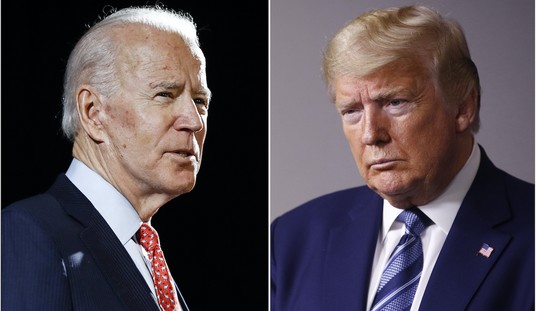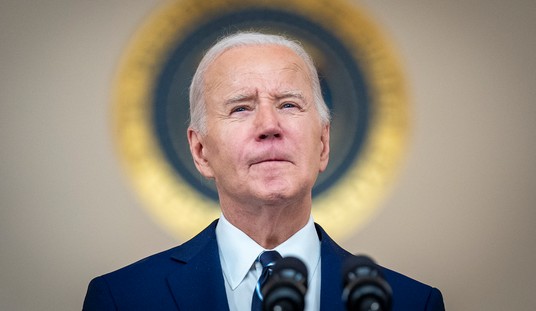The controversial “Obamaphone” program – actually “Lifeline” – that made its way through the news cycle in 2012 is actually a program that has been in place for a long time, and despite progressives’ protestations to the contrary, is real. Now, the Mercatus Center of George Mason University is out with a study of the Lifeline program – and perspective on how the program has grown out of control in the Obama era and how it can be reformed.
First, some background: a woman at an anti-Romney rally told a videographer that she received a free phone courtesy of President Obama, which caused a wave of consternation in the progressive media. Here are the facts: the Federal Communications Commission levies a fee on telecommunications providers that go into what’s called the Universal Service Fund.” You may have seen charges for this separated out into a separate line on your bill. After all, the fees levied by the government are never paid by “corporations,” but by actual customers – you. The Universal Service Fund pays for a whole host of government programs and services, but one of them is called Lifeline. Lifeline pays for free or subsidized phone service for eligible low-income Americans, and in 2005 the program was expanded to wireless as well as wireline phones. Should they be called BushPhones?
Spending on the Lifeline program has skyrocketed in the Obama era, and it now costs more than $1.5 billion. This is where Mercatus’ report comes in, summarizing how the program has gotten out of control and what can be done:

Link Up was a low income program for telecom service discontinued in 2011.
The 2008 recession was a major factor in pushing people into the Lifeline program, but other factors have pushed up Lifeline as well. The general societal move from landlines to wireless phones is one, as Mercatus writes, and Lifeline only partially subsidizes landlines while wholly funding cell phones. “Faced with a choice between free wireless service or discounted wireline service,” the authors write, “many low-income households quite sensibly pick the free service.”
Furthermore, while other Universal Service Fund programs are subject to budget caps, Lifeline isn’t. That has enabled funding for the program to grow so precipitously. And Lifeline is subject to much fraud – Mercatus estimates $180 million every year is wasted on the program.
A host of reforms could control the skyrocketing costs of the Lifeline program. Mercatus suggests lowering the subsidies, eliminating cost-free phones to consumers, capping spending on the program, or converting it to a voucher program.
Here’s the point: the federal government does indeed give completely free phones to low-income people. Some of the Lifeline recipients are under the false impression that this is a program originated by President Obama – hence, “Obamaphones.” It’s a program that has been in place for a long time, but the 2005 availability of wireless service in the program coupled with the recession have pushed Lifeline spending out of control. The “Obamaphones” moniker may be inaccurate, but it is in reality another out-of-control government program.








Join the conversation as a VIP Member